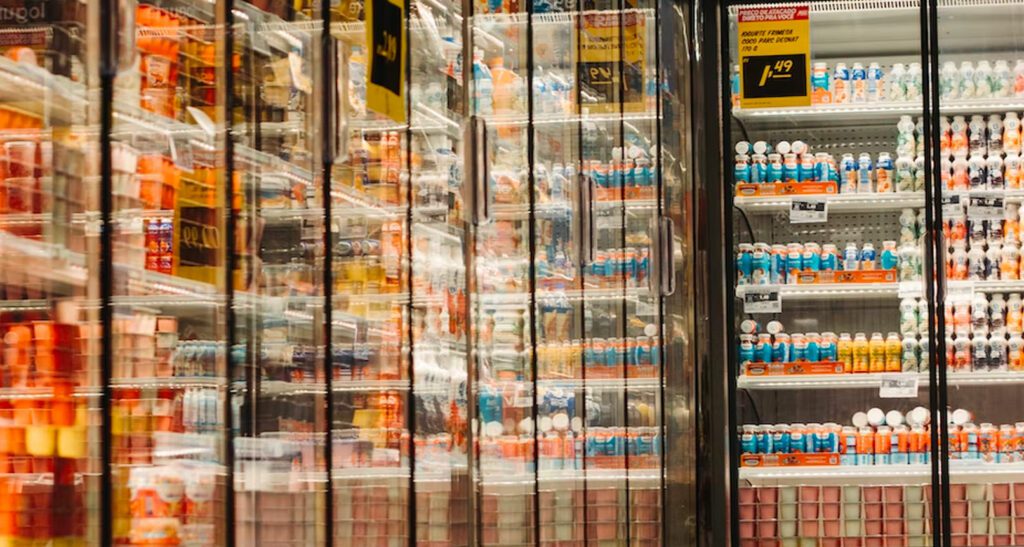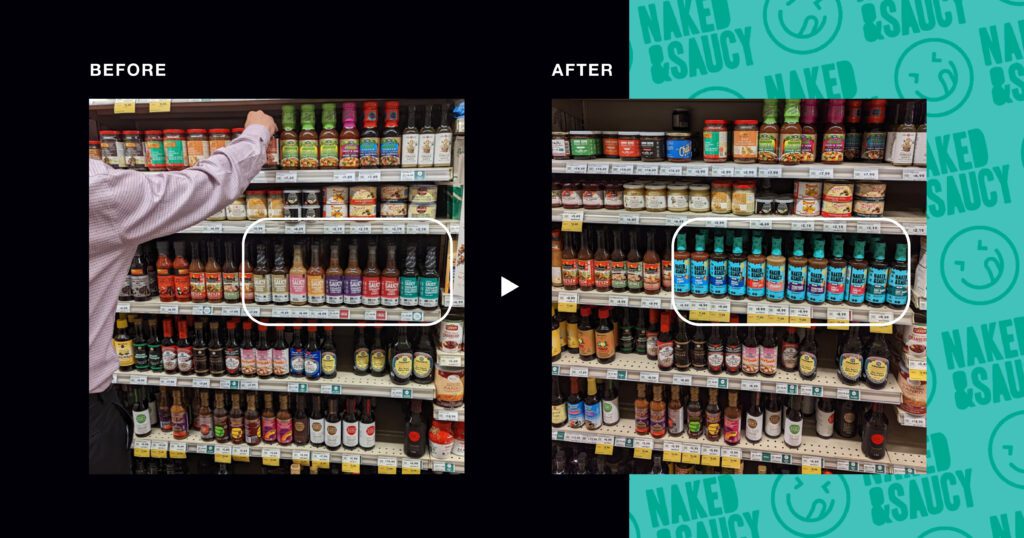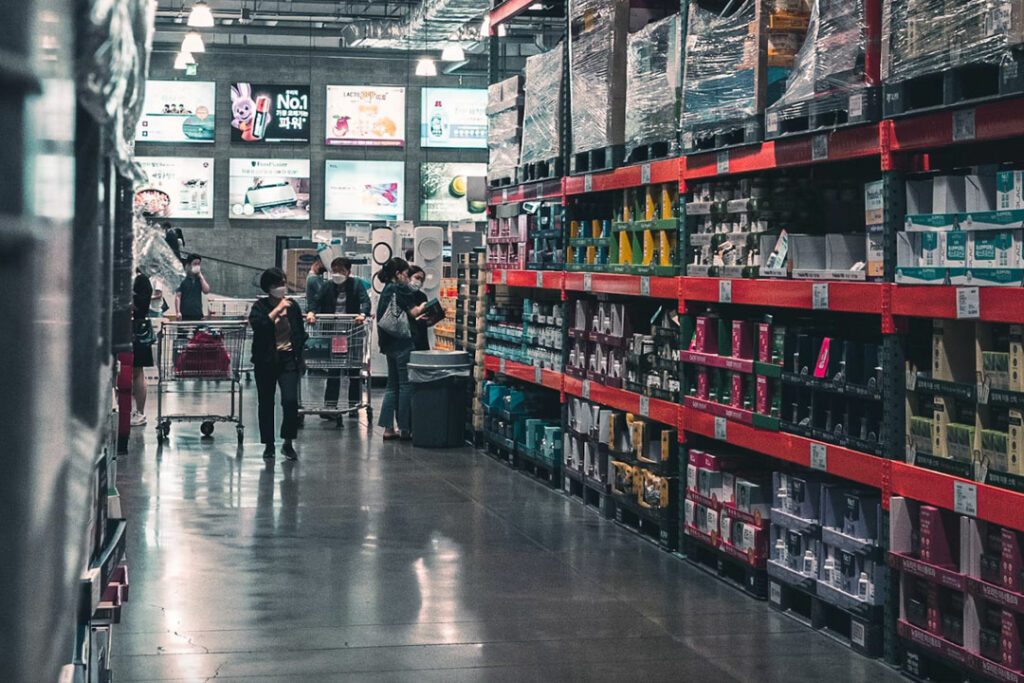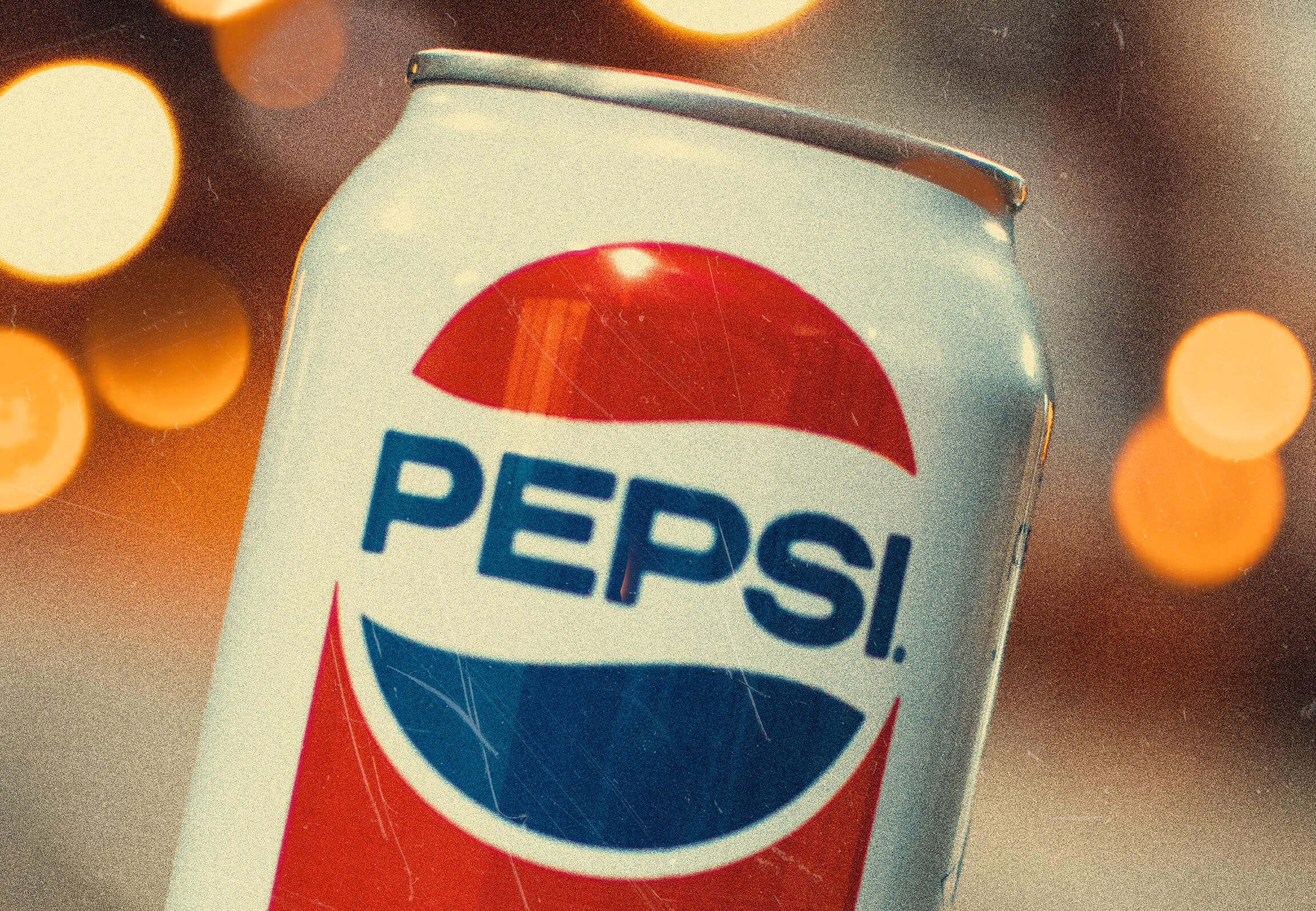Deciding to redesign product packaging can be a daunting decision.
A "yes" could mean that a product is no longer relevant, which can be a difficult realization for any brand to face. The choice can also come with a pricey investment, not to mention stakeholder disagreements on whether a change is even needed at all.

But strategic packaging updates can be a driving factor towards increased revenue, and reinvigorating stale brands.
In our opinion, it’s nothing to fear at all, so long as the timing is right.
But when do you know if it's time? We can help with that.
9 Signs That Your Brand Has Outgrown Its Current Packaging.
These scenarios signal it may be time to look at changing your product's packaging.
1. Your packaging no longer stands out.
Sometimes it’s simply the case that packaging no longer stands out on the shelves. Where once your brand was the eye-catching innovator, you’re now surrounded by imitators.
This has the unfortunate effect of making it more challenging for consumers to distinguish your brand (and its competitive advantages) from others.
Take our client Naked & Saucy for example. This soy-free sauce line existed in a crowded condiment aisle where products blended together. We felt a bold packaging decision was needed and opted for a color-blocking strategy to make the product line pop off the shelves at retail.

2. Stylistically, it is outdated.
Just like Hypercolor clothing and slap bracelets, shoulder pads and power suits, not everything stays in style forever. The same goes for packaging design. If your packaging is outdated and doesn't appeal to modern consumers or current trends, you risk losing market share to more “fashionable” competitors.
That said, if your brand has a long history and classic packaging (think Toblerone, Vegemite, etc.) you might practice restraint.
3. Your brand's values, message, or target audience has changed.
As we mentioned, things change. And that includes not only the views of your audience but of your brand itself. If your packaging designs and messaging no longer represent your brand's values or target audience, then it might be time for an update.
This isn’t as uncommon as you might think. Historic brand Aunt Jemima retired their packaging due to the desire (or need) to drop associations with racial stereotypes.
4. Line expansion.
Perhaps you are a beverage company that started off by selling bottled water, but are now expanding your product line to include sparkling water, or a ready-to-drink tea. Or maybe you’re a pet food company that started with one style of dry kibble, but now have multiple flavors in your product line, as well as a new wet food option.
If your company is expanding its product lines, or diversifying its offerings, your packaging may no longer effectively communicate the range of options to consumers.
5. No longer functional.
Packaging "functionality" can mean a few different things.
For the consumer, “non-functional packaging” might equate to being difficult to use, or challenging to store. Product packaging that’s no longer functional might also mean it’s too difficult to open or use, causing frustration for your customers.
For a business, non-functional packaging might be reflective of packaging that does not adequately protect the product, leading to damage or spoilage.
You might also realize that the trendy packaging you're using may also be too expensive to produce, cutting into profit margins.
6. Remaining competitive.
If your brand's competitors have updated their product or packaging and are seeing new success, you might choose to understand why, and make changes yourself.
Sometimes these changes are a reflection of an entire category or industry shift, and not just a result of changes by a set of competitors.
Take rising costs in food manufacturing, for example. Many in food production have been reluctant to raise prices on their consumers, instead opting for reducing volume and packaging sizes. Yes, we’re talking about “shrinkflation.”
7. Customer feedback.
It may be time to look at your packaging if consumers complain that the packaging is harmful, confusing, misleading, or even unappealing.
Some brands have received negative feedback relating to “non-functional slack fill” (also known as “all-that-air-in-a-potato-chip-bag”) and have been forced to respond with packaging updates.
Others have been encouraged to improve their sustainability and environmental practices. After customers "expressed disappointment in the amount of waste generated by polybags," Patagonia began investigating ways to reduce the amount of plastic waste it generated, which led to a number of possible solutions.
8. New Distribution
Your brand has expanded its distribution channels, and the packaging as it currently stands is no longer a good solution.
Take Costco for example. Almost everything that arrives on the store floor is packed on a standard 40x48-inch pallet, and as a result, some brands need to update packaging to meet this logistical challenge.

9. Rebrand
We'll save the most obvious sign for last.
If your company has recently undergone a rebranding or updated its visual identity, and your packaging no longer fits with the new brand image, then chances are, your packaging is next in line.
But, hey, congrats on recognizing your brand may be stagnant, and doing something about it!
